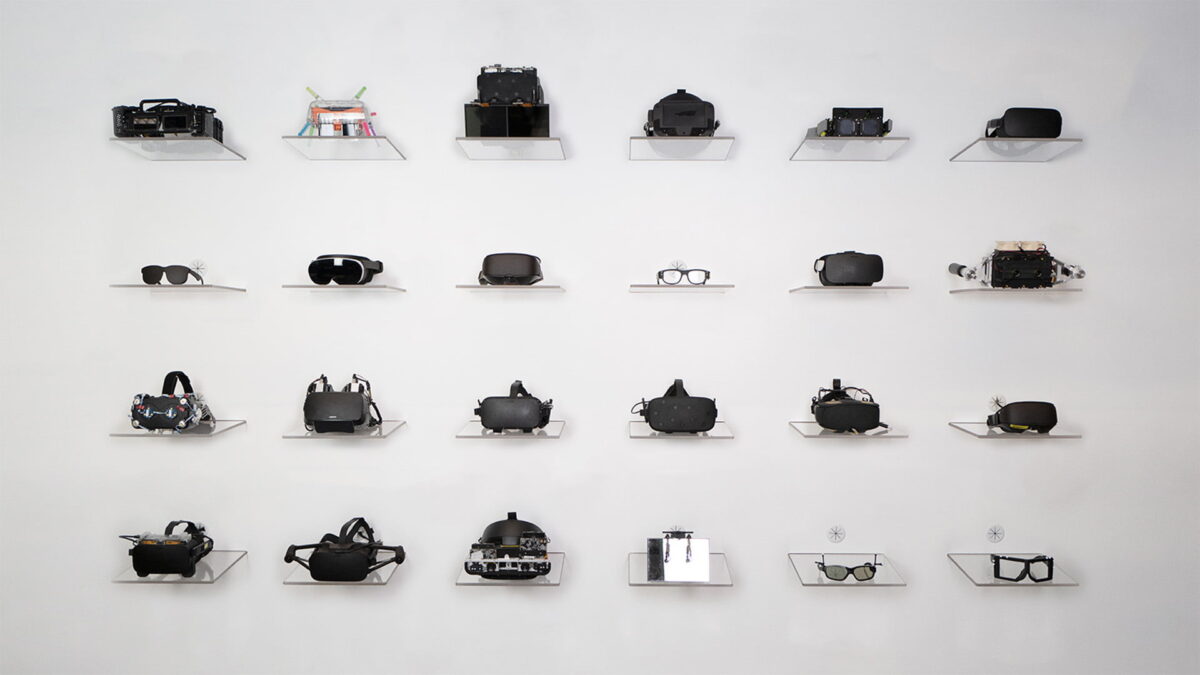Meta on VR photorealism: "Nothing stops us!"

Meta wants to build VR headsets that create a perfect replica of reality. Lead researcher Doug Lanman believes that physics is not an obstacle on this path.
This week, Meta unveiled new VR prototypes. They allow natural focusing of virtual objects, offer retina resolution or simulate realistic lighting conditions.
The self-professed goal of Meta's display research is to pass the visual Turing test. This evaluates whether virtual reality content can be distinguished from the real world.
That's a high bar and requires new technologies that must also fit into a slim VR headset. Is that even possible?
Physics is not a problem
Meta unveiled the prototypes last week in a video conference attended by journalists worldwide. Mark Zuckerberg and Meta's chief scientist, Michael Abrash, were present, as was the head of display research, Douglas Lanman, and leading members of his research team.
What later published articles on the subject hardly describe: The mood among the young researchers was good. One could sense their optimism.
Lanman was particularly enthusiastic and closed the event with the following words: "In any case, whatever path we take, our team is certain that passing the visual Turing test is our destination, and that nothing in physics prevents us from getting there."
Things could be different with augmented reality
This is a far-reaching thesis, implying that the team sees no obstacles of a fundamental nature. The formulated problems for the Visual Turing Test (variable focus, retinal resolution, distortion-free optics, HDR) can be solved with time, talent and appropriate investment. Maybe not tomorrow and not with the means demonstrated by the VR prototypes, but sometime in the future thanks to other inventions.
The statement has a different meaning and feels like an allusion to the sister technology augmented reality and its very own challenges.
In 2017, Lanman's supervisor, Michael Abrash, said the laws of physics might prevent the production of wearable, slim AR headsets. Whether that's really the case remains to be seen. Abrash gave researchers ten years to figure it out.
After seven years of intensive research, Lanman believes that VR headsets and their architecture are not subject to such limitations, at least when it comes to visually mapping reality. They can achieve their maximum goal, while that is apparently still unclear for AR headsets. Passthrough AR in VR headsets will close this gap for the time being.
Note: Links to online stores in articles can be so-called affiliate links. If you buy through this link, MIXED receives a commission from the provider. For you the price does not change.